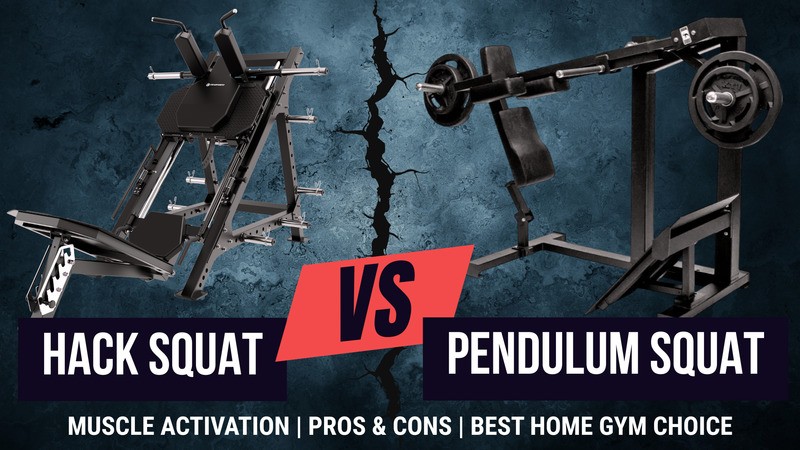blog
The Science of Recovery: Tools and Techniques for Post-Workout
March 01, 2024In the fitness world, a lot of emphasis is placed on the actual workout: the exercises, intensity, and routines that push our bodies to new limits. However, an equally important aspect, often overlooked, is recovery. Recovery is crucial for muscle repair, strength building, and improving overall performance. This article explores the importance of recovery, reviews various tools and techniques, and discusses their benefits for post-workout recovery.

The Importance of Recovery
Recovery is essential for allowing the body to repair itself after the stress of exercise. It's not just about resting; it's a comprehensive process involving muscle repair, replenishment of energy stores, and reduction of inflammation. Effective recovery can lead to improved performance, reduced muscle soreness, and decreased risk of injuries. It's the foundation upon which consistent training and peak performance are built.
Recovery Tools
Several tools have been developed to aid in the recovery process, each offering unique benefits to athletes and fitness enthusiasts alike:
Foam Rollers: Foam rolling is a form of self-myofascial release that can help alleviate muscle tightness, soreness, and inflammation. It also increases joint range of motion, making it an excellent tool for post-workout recovery.
Massage Guns: These devices offer deep tissue massage, helping to reduce muscle soreness and increase blood flow. The percussive therapy provided by massage guns can significantly speed up the recovery process.
Compression Clothing: Wearing compression garments post-exercise can help reduce muscle fatigue and increase blood circulation. This not only speeds up the removal of metabolic waste from the muscles but also reduces recovery time.
Recovery Techniques
In addition to utilizing recovery tools, incorporating specific techniques into your post-workout routine can further enhance recovery:
Active Recovery: Engaging in low-intensity exercise during the recovery days, such as walking or swimming, can help maintain blood flow to muscles and facilitate the healing process without overstraining the body.
Stretching: Regular stretching helps improve flexibility, reduce muscle tension, and enhance blood flow to the muscles, contributing to quicker recovery.
Nutrition and Hydration: Consuming the right nutrients after a workout is crucial for recovery. Proteins help repair muscle fibers, while carbohydrates replenish energy stores. Hydration is equally important, as it replaces fluids lost during exercise and supports metabolic functions.
Sleep: Quality sleep is vital for recovery. During sleep, the body undergoes repair and regrowth processes that are essential for muscle recovery and overall health.
The science of recovery is a critical component of any fitness regimen. By incorporating a mix of recovery tools and techniques, athletes can enhance their performance, reduce the risk of injury, and ensure they are ready for their next workout. Understanding and prioritizing post-workout recovery not only supports physical health but also contributes to achieving long-term fitness goals.





